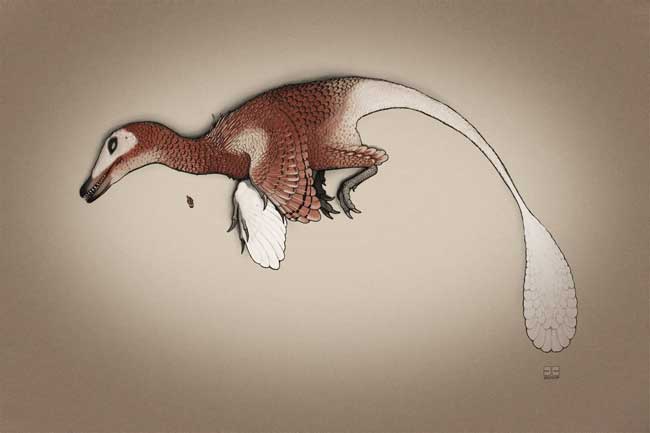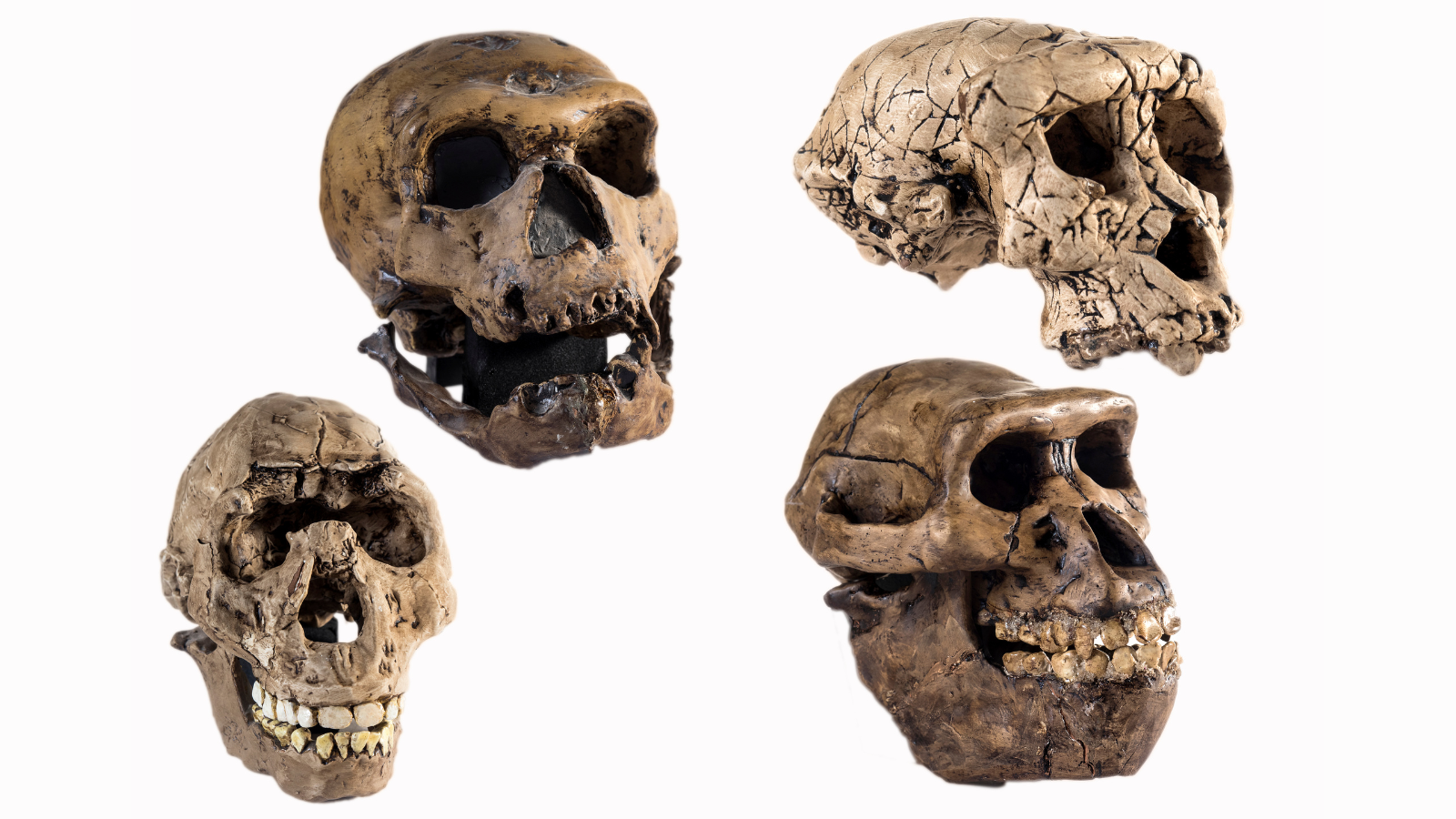Dinosaurs Had Wrists Like Birds

The flexible wrists of birds that let them fold their wings have now been seen in dinosaurs well before flight, scientists find.
Dinosaurs such as Velociraptor might have partly folded their feathered arms to protect such plumage from harm's way, researchers explained. The wrists and the feathers in the lineage that led to birds then became more extreme, laying the groundwork for flight, they added.
Although birds are most known for their feathers, wings and toothless beaks, another distinctive feature is a wrist joint that is extremely flexible, although only in one direction. A bird can bend its wrist to the point where the side of the hand where the little finger would be can lie closely alongside the forearm, so any fingertips would point back almost towards the elbow, but the wrist cannot bend in the opposite direction, nor even fully straighten.
This unique joint permits a bird to fold the wing when at rest, and to partly fold the wing during the upstroke in flight, greatly improving the efficiency of their flight. The question then is when and how this wrist evolved.
Evolution evidence
There is overwhelming evidence that birds evolved from predatory dinosaurs, the theropods, which include carnivores such as Velociraptor and giants such as Tyrannosaurus rex.
For instance, these hunters seemed to have possessed a similar way of breathing, and many also may have possessed feathers to keep them warm or to serve as courtship ornaments. The earliest theropods had wrists that were apparently relatively straight and inflexible, raising the questions of when and how the avian-style wrist developed.
Get the world’s most fascinating discoveries delivered straight to your inbox.
A team of Canadian, British and Chinese researchers traced the gradual evolution of this wrist in roughly a dozen species of theropods, analyzing several well-preserved members of this group from 110 to 160 million years ago that included a wide range of body designs. They found that a wrist bone called the radiale slowly and progressively took on a wedge-like shape in the theropods more closely related to birds, such as Velociraptor and Deinonychus.
As this bone changed its shape, the wrist would have become increasingly bird-like in its range of motion.
This increase in the ability to fold the wrist took place alongside two other trends — an increase in arm length and an increase in the length of the feathers that adorned the arms of many theropods.
"If the wrist could not fold like this, the long feathers on the hand would drag on the ground, getting dirty or snagging on vegetation," said researcher David Hone, a paleontologist at the Institute of Vertebrate Paleontology and Paleoanthropology of China in Beijing. "Protecting them would have been important for feathered dinosaurs in the past, as it is for birds today."
Cause or effect?
It remains unclear if the foldable wrist allowed dinosaurs to evolve longer feathers or if the evolution of longer feathers drove the need for more flexible wrists.
Still, it is clear "that wing-folding, or at least feathered arm folding, significantly preceded flight," said lead researcher Corwin Sullivan, a vertebrate paleontologist at the Institute of Vertebrate Paleontology and Paleoanthropology in Beijing. "This pattern of flexibility originally evolved in a terrestrial context and just happened to be present and available for use when birds took to the air.
This discovery highlights the fact "that some characteristics that biologists used to think of as distinctively avian — feathers and air sacs are other good examples — are actually quite deeply rooted in theropod evolution," Sullivan added.
To cement their findings, he suggested measuring wrist bones for more non-avian theropod species and measuring feather lengths whenever possible to get a better idea of the exact interplay between the evolution of wrists and feathers.
The scientists detailed their findings online March 3 in the Proceedings of the Royal Society B.
- 25 Amazing Ancient Beasts
- Avian Ancestors: Dinosaurs That Learned to Fly
- Images: Dinosaur Drawings



